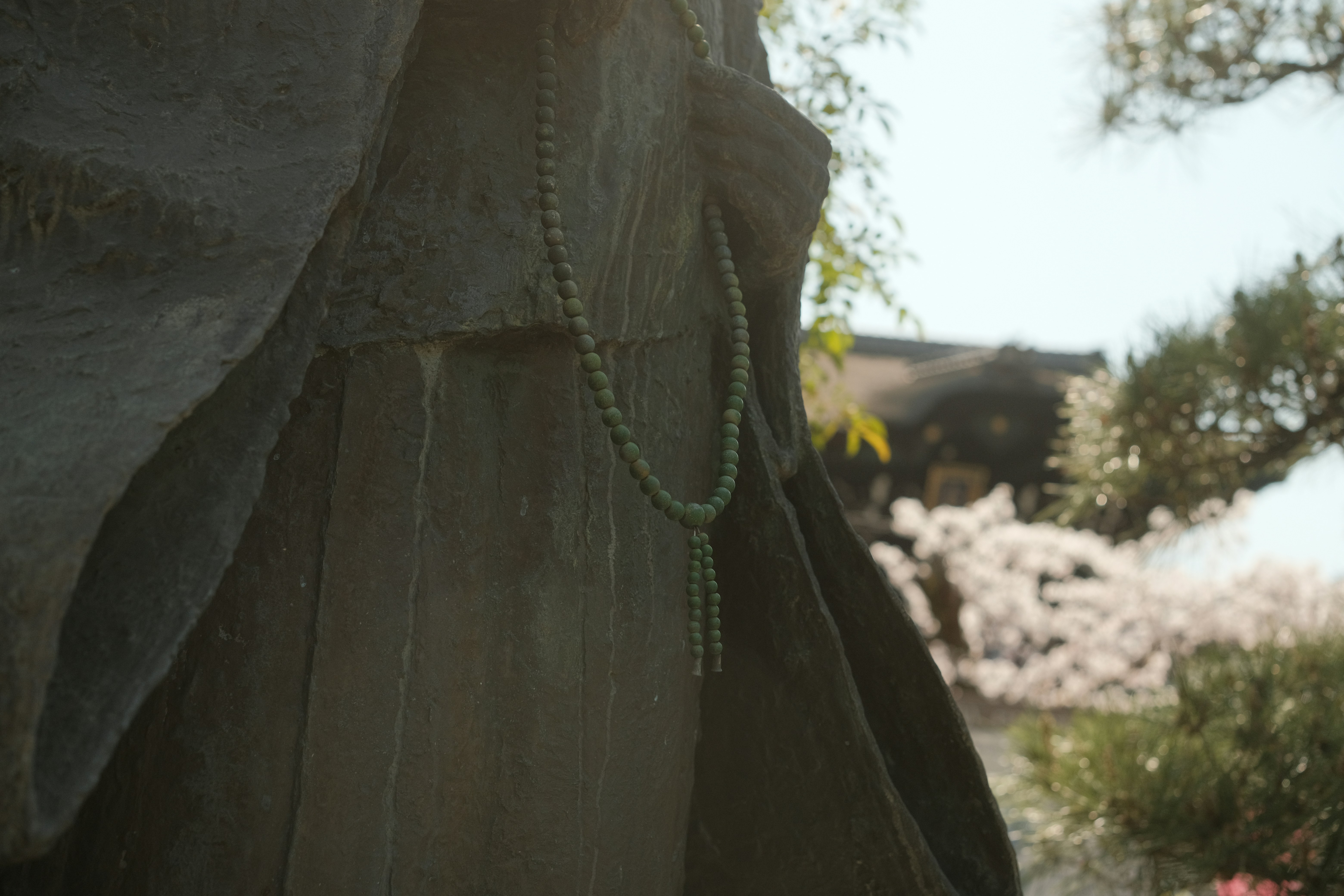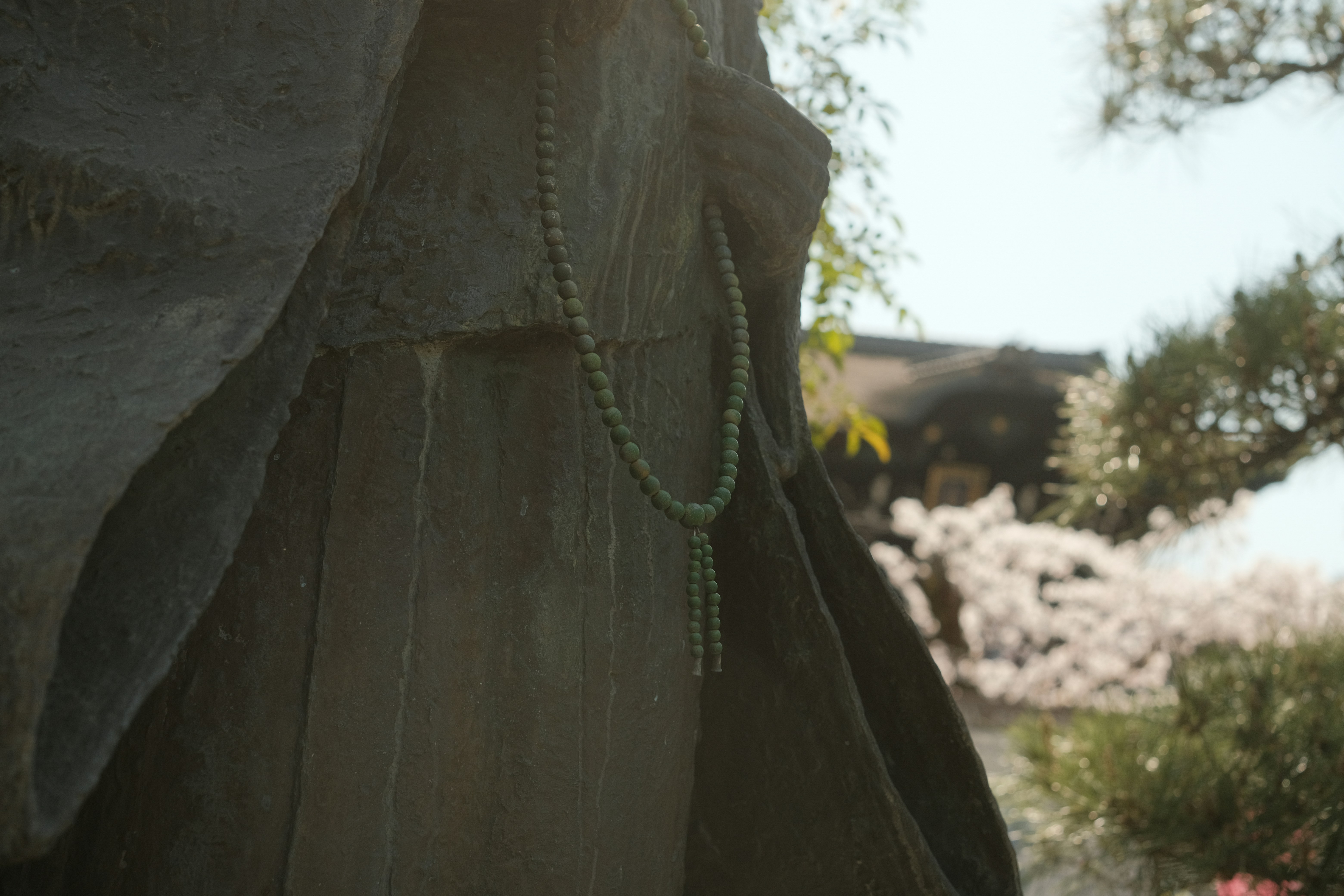Introduction to Cherry Blossom Season
Japan’s cherry blossom season, locally known as ‘Sakura’, is a highly anticipated annual event that captivates both residents and visitors alike. This period, typically unfolding from late March to early April, witnesses the country awash in delicate pink and white cherry blossoms, symbolizing renewal and the transient beauty of life. The ephemeral nature of these blossoms resonates deeply within Japanese culture, embodying the philosophical concept of ‘mono no aware’, which reflects an awareness of impermanence.
The cultural significance of Sakura extends beyond mere aesthetics; it is ingrained in the Japanese way of life. During this season, people partake in ‘hanami’, a traditional custom of flower viewing. Families, friends, and colleagues gather under blossoming trees for picnics, celebrating the fleeting beauty and the arrival of spring. The practice of hanami dates back over a thousand years to the Nara Period, where it was initially associated with the blooming of plum trees before shifting to cherry blossoms in the Heian Period. Today, it remains a cherished tradition that fosters social bonds and community spirit.
The symbolic representation of cherry blossoms is also prevalent in Japanese art, poetry, and literature. Poets have long revered the Sakura for its elegance and transient beauty, using it as a metaphor for life’s fleeting moments. This symbolism resonates strongly in contemporary Japan, reinforcing the appreciation for the present and the acceptance of life’s inevitable changes. The cherry blossom season thus serves as a poignant reminder of nature’s cycles and the temporal nature of human existence.
Moreover, the Sakura season has evolved into a significant tourist attraction, drawing millions from around the globe. Major cities like Tokyo, Kyoto, and Osaka become bustling hubs of activity, with parks and gardens offering breathtaking views of cherry blossoms. This influx of visitors not only boosts the local economy but also fosters cultural exchange, as people from diverse backgrounds come together to witness this natural spectacle.
Historical and Cultural Significance
Cherry blossom viewing, or ‘hanami’, holds a profound place in Japanese culture, tracing its origins back to the Nara period (710-794). Initially, hanami was an exclusive practice among the elite of the imperial court, who would gather under the blooming sakura trees to appreciate their fleeting beauty and compose poetry. This tradition gained further prominence during the Heian period (794-1185), when it began to permeate Japanese society more broadly, becoming a celebrated cultural event.
The historical roots of hanami are deeply entwined with the philosophical and aesthetic principles of Japanese culture. The cherry blossom, or sakura, is often symbolized as a metaphor for the ephemeral nature of life, capturing the essence of beauty and mortality. This symbolism is pervasive in Japanese art, literature, and poetry, where the transient beauty of the sakura is frequently depicted to evoke a sense of wistful impermanence and renewal.
During the Edo period (1603-1868), hanami became a more widespread custom among the common people, transforming into a festive occasion marked by communal gatherings and cherry blossom festivals. This era witnessed an explosion of hanami-related activities, including picnics, performances, and the proliferation of sakura-themed artworks and haiku. The cultural practice of hanami thus evolved into a national pastime, celebrated with great enthusiasm across Japan.
The symbolic meanings associated with cherry blossoms continue to resonate strongly in contemporary Japan. The sakura’s brief, yet breathtaking bloom serves as a poignant reminder of the transient nature of life and the inevitability of change. This deep cultural significance is reflected in various aspects of Japanese culture, from classical literature and ukiyo-e woodblock prints to modern-day anime and pop culture. The enduring appeal of cherry blossoms and the tradition of hanami underscore their profound impact on Japanese cultural identity, embodying themes of beauty, mortality, and renewal that have transcended centuries.
Best Locations to Experience Sakura
Japan’s cherry blossom season, known as sakura, is an enchanting period that draws visitors from around the globe. To fully appreciate this natural spectacle, it is essential to know the best locations for cherry blossom viewing. One of the most iconic spots in Tokyo is Ueno Park. Established in 1873, Ueno Park boasts over 1,000 cherry trees, creating a breathtaking canopy of pink petals. The park’s expansive grounds offer ample space for hanami (flower viewing) picnics, making it a popular choice among locals and tourists alike. Visitors are advised to go early in the morning to secure a good spot and avoid the peak crowds.
Kyoto, a city renowned for its historical and cultural heritage, offers another exceptional sakura experience at the Philosopher’s Path. This picturesque canal-side walkway is lined with hundreds of cherry trees, providing a serene and contemplative atmosphere. The path, named after the philosopher Nishida Kitaro who meditated there daily, stretches for approximately two kilometers. Visiting during the early morning or late afternoon can enhance the tranquility of the experience while avoiding the midday rush.
For those willing to venture further north, Hirosaki Castle in Aomori Prefecture is a must-visit. Constructed in 1611, this historic castle is surrounded by a park that features over 2,600 cherry trees. The Hirosaki Cherry Blossom Festival, held annually from late April to early May, transforms the area into a vibrant celebration with food stalls, traditional performances, and illuminated night-time views. The castle’s moat filled with fallen petals creates a unique and picturesque sight, often referred to as a “cherry blossom carpet.”
Each of these locations offers a distinct experience, from the bustling urban park to the tranquil pathways and historic castles. To maximize the enjoyment of sakura season, planning visits during the peak bloom period, which varies slightly each year, is crucial. Additionally, being prepared for large crowds and participating in local festivities can greatly enhance the overall experience of Japan’s cherry blossom season.
Cherry Blossom Festivals and Events
Japan’s cherry blossom season, known as “sakura,” is celebrated with numerous festivals and events throughout the country. These festivals are not just a visual feast but also a cultural experience, reflecting the nation’s deep appreciation for the fleeting beauty of cherry blossoms. Among the most renowned celebrations is the Hirosaki Cherry Blossom Festival, held in Hirosaki Park in Aomori Prefecture. This festival features over 2,600 cherry trees, creating a mesmerizing canopy of pink. Visitors can enjoy traditional performances, tea ceremonies, and local delicacies while strolling through the illuminated sakura trees at night.
Another notable festival is the Takato Castle Ruins Park Festival in Nagano Prefecture, often hailed as one of Japan’s top three cherry blossom spots. The park boasts approximately 1,500 “kohigan” cherry trees, which are known for their deep pink blossoms. During the festival, the park is adorned with lanterns, and visitors can partake in hanami (flower viewing) picnics, savoring seasonal foods and sake. The festival also includes a variety of cultural events and performances, enhancing the overall experience of the cherry blossom season.
In Tokyo, the Sumida Park Cherry Blossom Festival is a highlight of the sakura season. Located along the Sumida River, the park is lined with over 1,000 cherry trees, offering stunning views of the blossoms against the backdrop of the Tokyo Skytree. The festival features boat rides on the river, allowing visitors to appreciate the blossoms from a unique perspective. Additionally, the park hosts numerous food stalls, selling traditional Japanese snacks and sweets, making it a delightful spot for both locals and tourists.
These festivals not only celebrate the beauty of cherry blossoms but also embody the cultural significance of sakura in Japanese society. From traditional performances and local cuisine to hanami picnics and nighttime illuminations, these events offer a comprehensive experience of Japan’s cherry blossom season, inviting everyone to embrace the transient beauty of sakura.
Photography Tips for Capturing Sakura
Photographing cherry blossoms, or sakura, can be a rewarding yet challenging endeavor due to the delicate nature of the flowers and the often-crowded locations where they bloom. To capture the ephemeral beauty of sakura, it is essential to be mindful of camera settings, lighting conditions, and composition techniques.
Firstly, selecting the right camera settings is crucial. Use a low ISO setting (around 100-200) to maintain image clarity and reduce noise. Opt for a wide aperture (f/2.8 – f/5.6) to achieve a shallow depth of field, which will help to isolate the blossoms from the background and create a pleasing bokeh effect. Adjust the shutter speed based on the available light; a faster speed will help freeze the movement of swaying branches in the wind.
Lighting plays a significant role in the outcome of your photographs. The optimal times for capturing cherry blossoms are during the golden hours – shortly after sunrise and just before sunset. During these periods, the soft, warm light accentuates the pink hues of the flowers and adds a gentle glow to your images. Avoid harsh midday sunlight, as it can create unflattering shadows and wash out colors.
Composition is another key element to consider. Experiment with different angles and perspectives to add variety to your shots. Low-angle shots looking up towards the sky can create a sense of immersion, while close-up shots of individual blossoms highlight the intricate details of the petals. Including elements like traditional Japanese architecture, rivers, or mountains in the background can provide a contextual narrative to your photos.
To avoid crowds and capture more personalized photos, venture to lesser-known locations or visit popular spots during off-peak hours. Early mornings or weekdays are generally less crowded, offering a more serene environment for photography. Additionally, scouting for unique angles or secluded areas within popular parks can yield distinctive and memorable images.
By following these tips, you can effectively capture the breathtaking beauty of sakura, creating photographs that convey the magic and tranquility of Japan’s cherry blossom season.
Cherry Blossom Viewing Etiquette
Cherry blossom season in Japan, known as “sakura,” is a time of immense beauty and cultural significance. Observing proper etiquette during this season is crucial to ensuring that everyone can enjoy the blossoms while respecting the environment and local customs. When participating in “hanami” or cherry blossom viewing, it is essential to keep a few key guidelines in mind.
Firstly, respecting nature is paramount. Visitors should avoid picking the cherry blossoms or shaking the branches, as this can harm the trees. Instead, appreciate the blossoms from a distance and take photographs without causing any damage. Additionally, staying on designated paths helps protect the surrounding flora and fauna.
Proper behavior at viewing spots is equally important. These areas can become crowded, so patience and consideration for others are necessary. Avoid loud conversations and excessive noise to maintain a peaceful atmosphere. If you plan to have a picnic, choose a spot that does not obstruct pathways or other visitors’ views. It’s also advisable to arrive early to secure a space, as popular sites can fill up quickly.
Partaking in hanami responsibly involves more than just finding a good spot. Cleanliness is a significant aspect of the culture, so always bring garbage bags to dispose of your waste. Many parks provide specific disposal areas – use them to keep the environment pristine. Leaving the area cleaner than you found it is a common practice that demonstrates respect for the space and the people around you.
Respecting local customs is another vital component of cherry blossom viewing etiquette. Understanding and adhering to these traditions enhances the experience for both locals and tourists. For example, removing your shoes before sitting on a picnic blanket is a common practice. This small gesture shows consideration and aligns with Japanese cultural norms.
Lastly, the impact of tourism on cherry blossom sites cannot be underestimated. High foot traffic can stress the environment, so being mindful of your actions helps preserve these beautiful locations for future generations. Following these guidelines ensures that everyone can enjoy the breathtaking spectacle of Japan’s cherry blossom season while maintaining its natural and cultural integrity.
Enter your email to get the Latest Updated Exploring News and Topics
Discover more from atozexplore.com
Subscribe to get the latest posts sent to your email.







